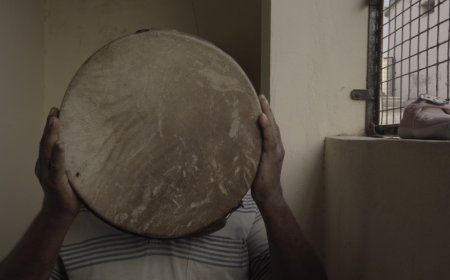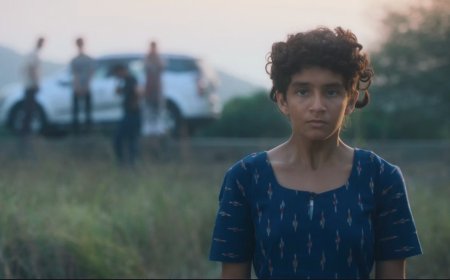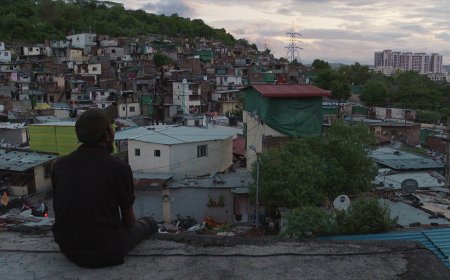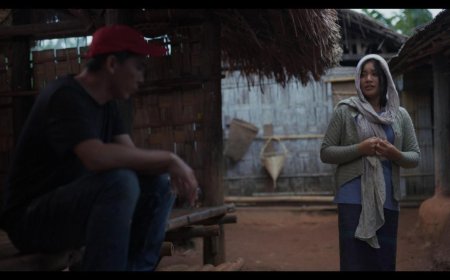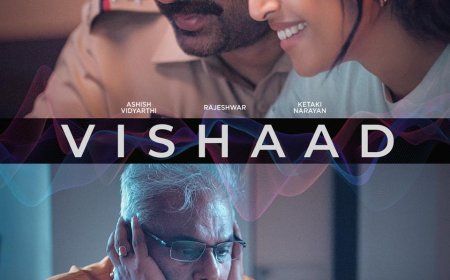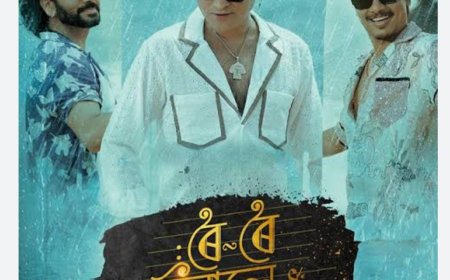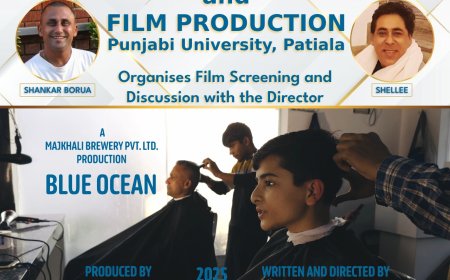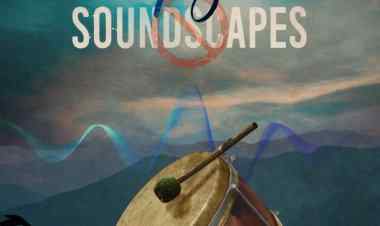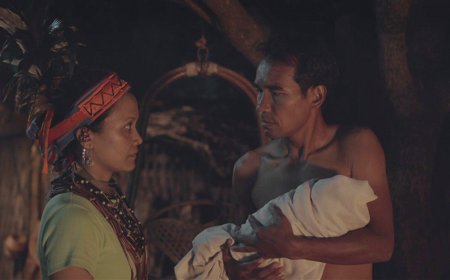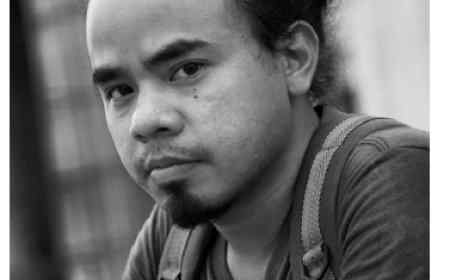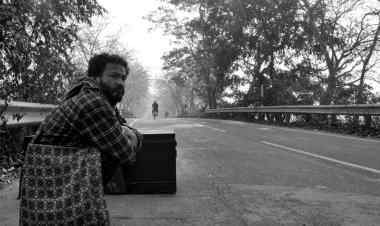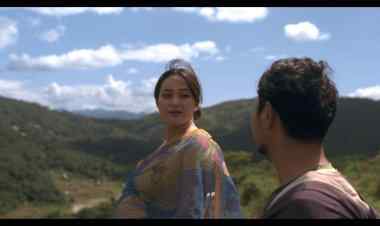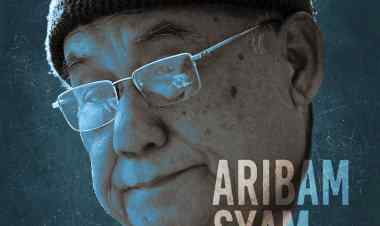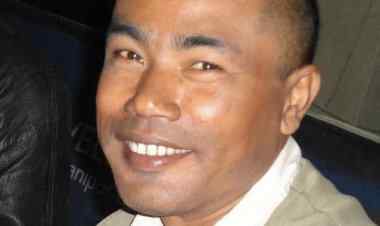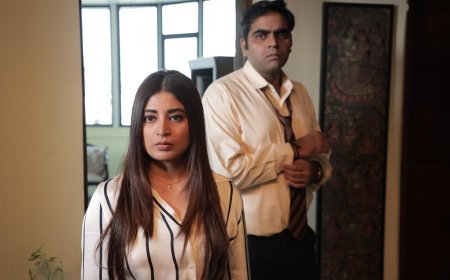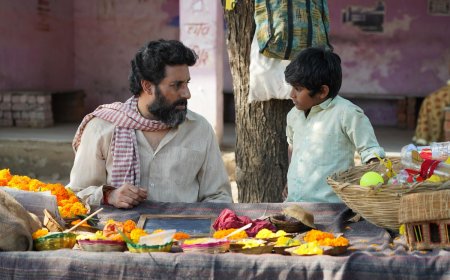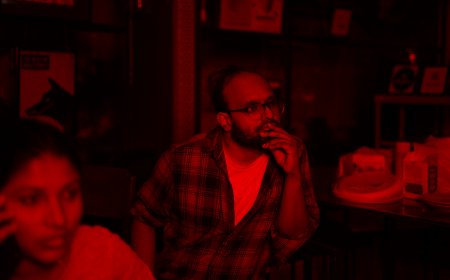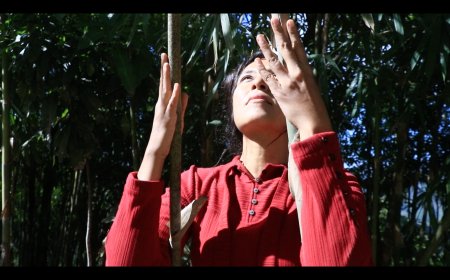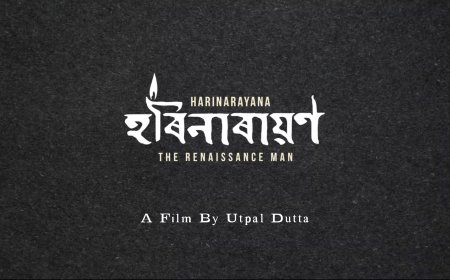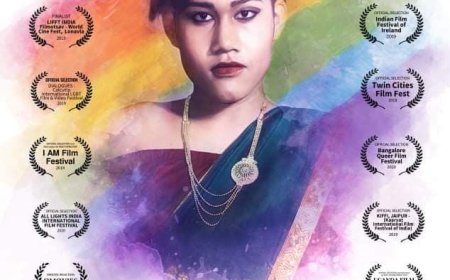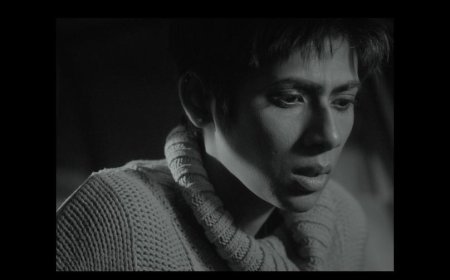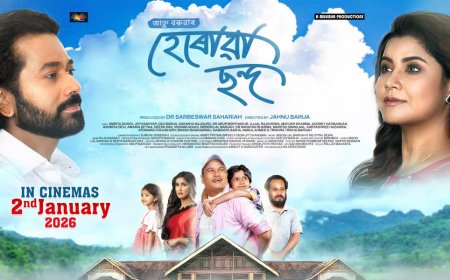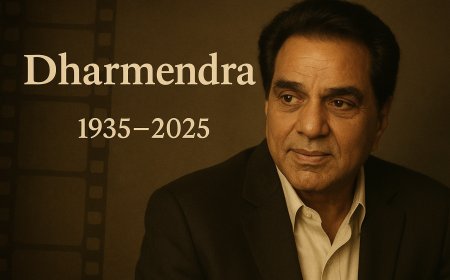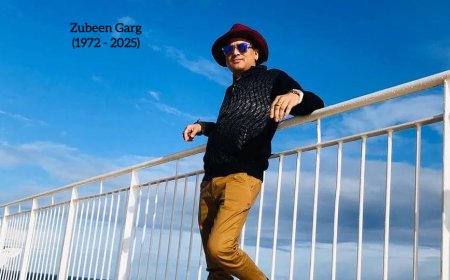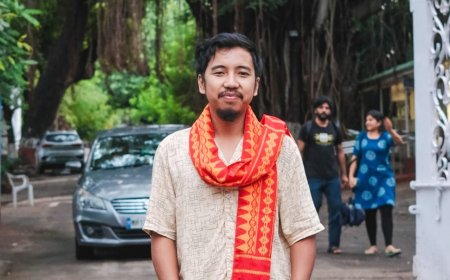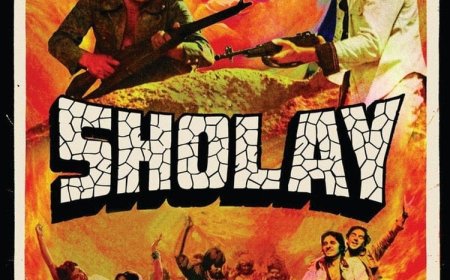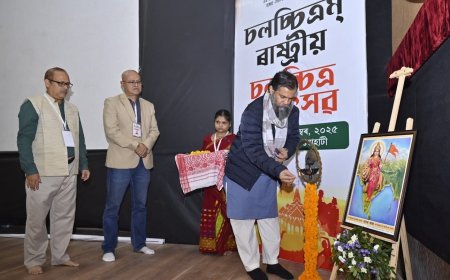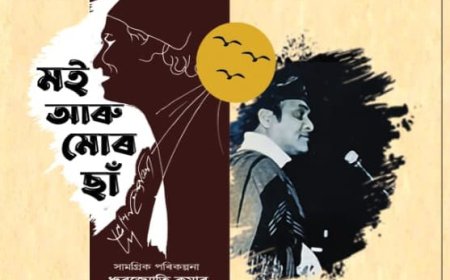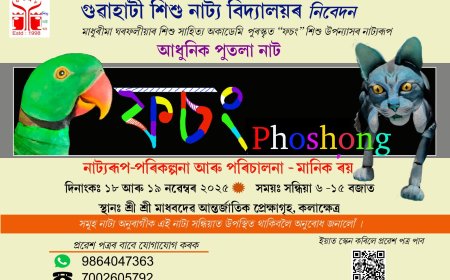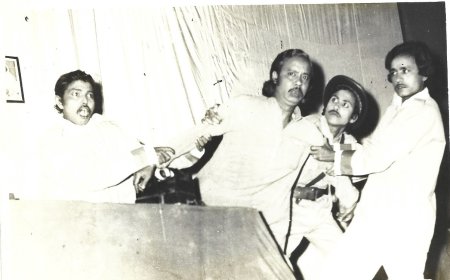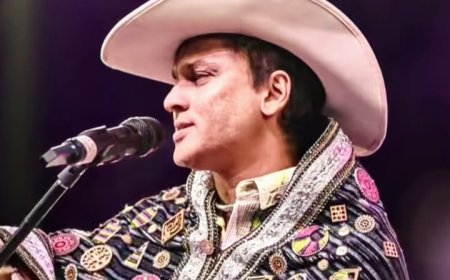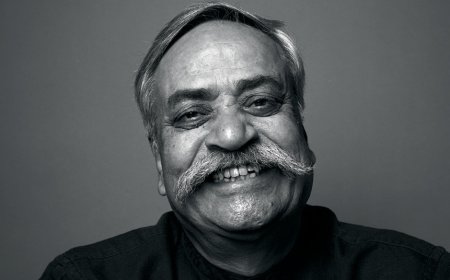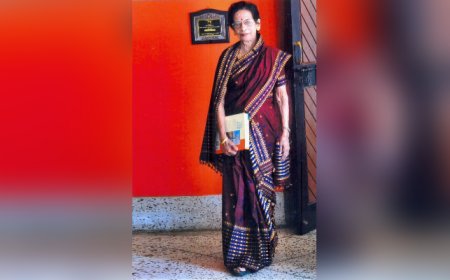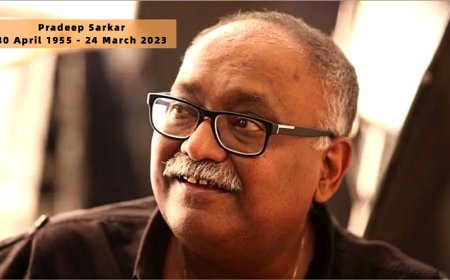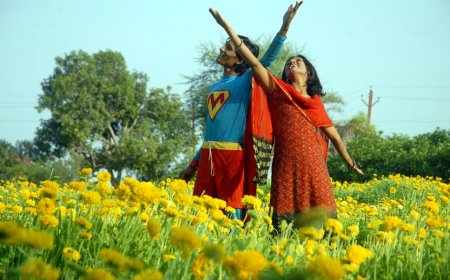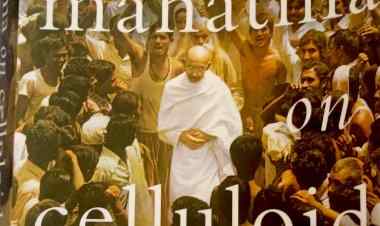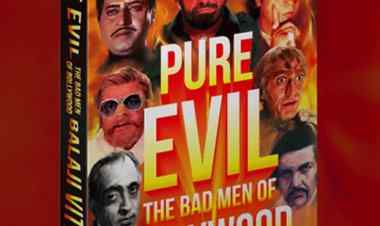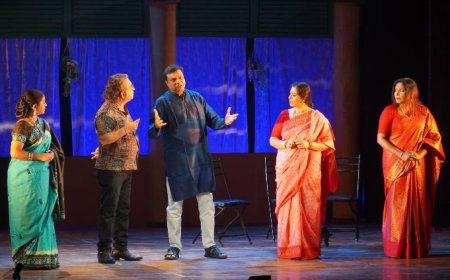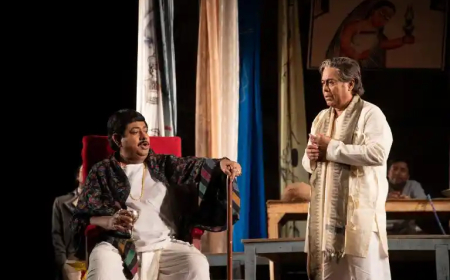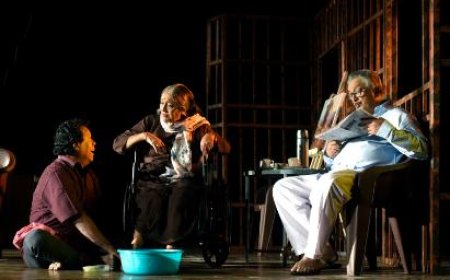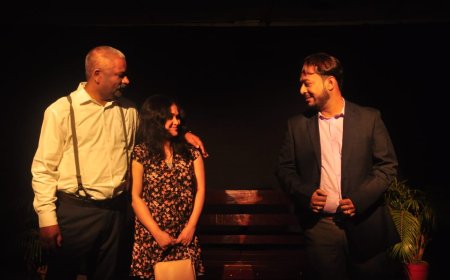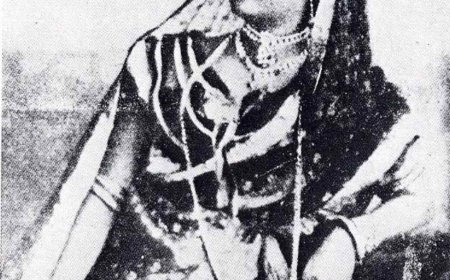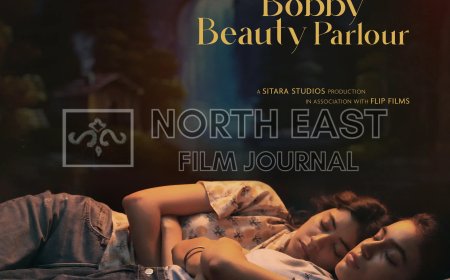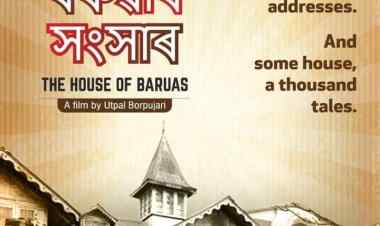Interview: Sachin
Dipankar Sarkar provides an interview of the Sachin’s experimental documentary "In Flanders Fields"
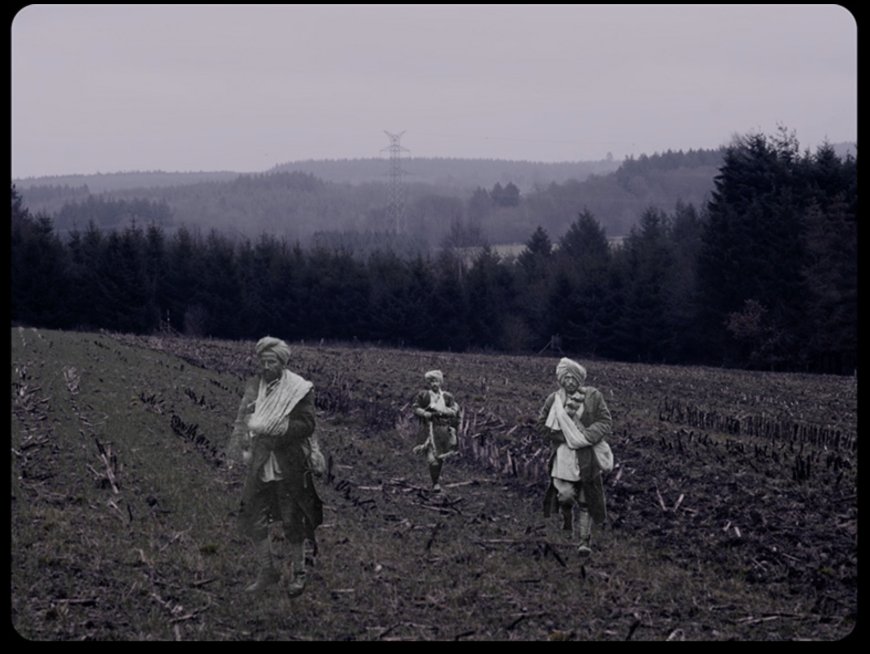
Sachin’s experimental documentary ‘In Flanders Fields’ is structured using archival letters, images, sounds, and songs of the Indian soldiers in a war-torn terrain of Flanders. There are no headshot interviews or authoritative voice-overs. The documentary appears to be a collage of scenes, moments, and ambient poetry celebrating and recalling a bygone era.
‘In Flanders Fields’ has been screened at various International and National films around the world and presents us with a compelling depiction of how nostalgia becomes a powerful lens to examine our past.
In this interview, Sachin talks about his creative journey, his source of inspiration, and his narrative strategies to craft a compelling and insightful documentary.
Share your journey into non-fiction filmmaking.
My journey in filmmaking starts with training in cinematography from State Institute of Film and Television, Rohtak, Haryana. Following my graduation, I went to study Culture and Media studies in Central University of Rajasthan in Ajmer. There I directed my first non-fiction short film 'Towards a Fragmented Anatomy’ (2019). It had its world premier at IDFA Amsterdam and opened the door for me in the world of nonfiction. In most Indian film schools, the primary emphasis lies on fiction filmmaking, with documentary filmmaking often receiving less attention. So, I applied for and was awarded a fully funded scholarship to attend a two-year Master's program in documentary directing called DocNomads, hosted by three European Universities in Lisbon (Portugal), Budapest (Hungary), and Brussels (Belgium).
What inspired you to create a short documentary about the Indian soldiers recruited by the British to fight in Flanders during the First World War?
When I was studying in Luca School of Arts in Brussels, I was travelling in the countryside and saw a lot of war cemeteries popping up in front of my eyes in the middle of nowhere in the fields. I was little to not aware about this part of history. I started reading about it and found that 1.4 million Indians were brought to this land by the British as the colonial power. I dug deeper into it and discovered a book containing approximately 700 letters written by Indians from this war-torn landscape back home to India. Furthermore, I found more than a century-old audio archives, images, and videos.
How did you come across the idea of structuring the documentary using archival footage and layering it with audio excerpts, sound design, and superimposed images?
I come from the Jhunjhunu District in Rajasthan and where a significant number of the population, including many within my own family, serves in the Army. This is mostly an agriculture dependent area and I am aware of how army and police recruitment happens and why do so many people from my villages and nearby join this job. I have seen this very closely, and those letters a century ago, and reflect strikingly similar concerns. In letters the most discussed things were the economic hardships, grief, separation and longing to go back home.
I found letters that were written to the very next village in India where I was born. I started re-reading around 700 letters again and again. As I traveled through this very same landscape in Belgium, something that was once beautiful started haunting me. Looking at the landscape where I see nothing, I was unable to digest there was so much horror hidden behind this landscape. Letters, audio archive, photos and videos helped me to get closer to what had happened in this landscape a century ago. In one of the war cemeteries, it was inscribed with the words: ‘An Indian Soldier of Great War’. This anonymity began to deeply affect me and thought of bringing these memories back to the landscape. That's how I came with this audio-visual treatment of the film.
You employed a poem as a narrative device. Can you explain your rationale for this choice and discuss its source of inspiration?
It's not just one poem. Some people even think I wrote it. The whole text is taken from several letters of that time written by the Indians. I consciously didn't use the word ‘soldier’ when I talked about them in this film because they were ordinary farmers who the British took to the war. Most of the people were illiterate and dependent on someone to write the letters back home from Belgium, and they were poetic.
What projects are you currently working on?
I love working on multiple projects simultaneously. For the past four years I have been involved with Nisha Paliwal, a researcher from IIT Jodhpur, to develop the Oran Project that digs into the different socio-cultural, ecological and political realities of sacred lands in the Thar Desert of Western Rajasthan. Orans are traditionally managed community forests dedicated to local folk deities and characterized by a belief system that operates within a set of rules and regulations that govern their management and sustain pastoralist livelihoods.
Apart from this I am working on a film with my mother as well, where I am digging more into the family and community history, caste and belief system. And yes, a lot of time goes to Docustan, an initiative to make a community of documentary filmmakers in India.
What's Your Reaction?







